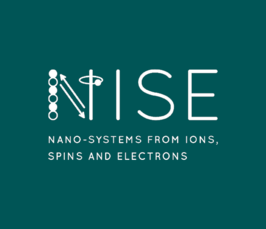Noncollinear antiferromagnets Mn3X (X = Ir, Sn) for topological spintronic applications
e-Lecture on Zoom
- Date: May 12, 2020
- Time: 03:00 PM - 04:00 PM (Local Time Germany)
- Speaker: James M. Taylor
- Location: Zoom
- Host: Max Planck Institute of Microstructure Physics

Abstract
Recent developments in the manipulation and detection of antiferromagnetic properties using electrical methods opens up the possibility of these materials evolving from passive to active components of spintronic devices. Doing so offers a number of advantages, such as improved stability, reduction in stray fields and increased speed of dynamics. However, changes in the orientation of typical antiferromagnets’ Néel vectors do not produce read-out signals of the size required for applications. Topological antiferromagnets may offer the solution.
In this seminar, we focus on the particular example of noncollinear antiferromagnets of the type Mn3X, which have been predicted to show large intrinsic anomalous and spin Hall effects driven by momentum space Berry curvature. We begin by reviewing the status of the field, giving an overview of the cases in which these topological magnetotransport properties have been measured in bulk and, more recently, thin film samples.
For the utilization of Berry curvature generated phenomena in topological antiferromagnetic spintronic devices, further exploration of the behavior of Mn3X materials in thin film form is required. We thus move on to discuss our recent work, starting with the thin film deposition of two distinct varieties of noncollinear antiferromagnet: Mn3Ir, with a cubic structure, and Mn3Sn, with a hexagonal structure.